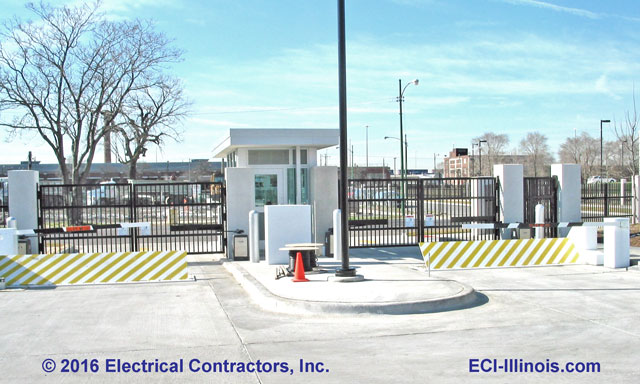3 Simple Techniques For Wedge Barriers
Fascination About Wedge Barriers
Table of ContentsSome Ideas on Wedge Barriers You Need To Know3 Easy Facts About Wedge Barriers Shown

3 Simple Techniques For Wedge Barriers
The continuing to be force applied to
the cam to deploy the wedge plate 16 may be provided offered an electromechanical actuator 84 or other various other. The spring setting up 54 and the actuator 84(e. Wedge Barriers. g., electromechanical actuator)may operate together to translate the web cam and raise the wedge plate 16.
As stated above, the springtime setting up 54 puts in a consistent pressure on the webcam, while the electromechanical actuator may be managed to exert a variable force on the camera, consequently enabling the training and decreasing( i. e., releasing and retracting )of the wedge plate 16. In certain embodiments, the consistent force applied by the spring assembly 54 might be adjustable. g., electromechanical actuator) is disabled. As will be appreciated, the spring setting up 54 might be covered and protected from debris or various other components by a cover plate(e. g., cover plate 68 revealed in FIG. 4) that may be significantly flush with the elevated surface 38 of the foundation 14. As stated over, in the released placement, the wedge plate 16 offers to block access or traveling past the obstacle 10. The barrier 10(e. g., the wedge plate 16 )might obstruct pedestrians or automobiles from accessing a home or pathway. As discussed over, the barrier 10 is affixed to the support 30 safeguarded within the structure 14,

front braces 71. As an outcome, the affiliation settings up 72 may pivot and turn to make it possible for the collapse and extension of the link assemblies 72 throughout retraction and release of the her latest blog bather 10. The affiliation settings up 72 reason motion of the wedge plate 16 to be restricted. As an example, if an automobile is traveling in the direction of the deployed wedge plate 16(e. As an example, in one condition, the safety and security legs 86 may be extended throughoutmaintenance of the barrier 10. When the security click here to find out more legs 86 are released, the security legs 86 sustain the weight of the wedge plate 16 versus the surface 12. As an outcome, the lifting device 50 might be shut down, serviced, gotten rid of, replaced, and so forth. FIG. 5 is partial viewpoint view of a personification of the surface-mounted wedge-style obstacle 10, highlighting the web cam 80 and the camera surface areas 82 of the lifting system 50. Particularly, two webcam surfaces 82, which are referred to as lower cam surfaces 83, are positioned below the camera 80. The reduced webcam surface areas 83 may be fixed to the surface area 12 (e. For instance, the lower web cam surfaces 83 and the placing plate 85 might develop a solitary piece that is safeguarded to the support 30 by bolts or various other mechanical fasteners. In addition, two camera surface areas 82, which are referred to as top web cam surfaces 87, are positioned look at this site over the webcam 80 and paired to (e. In various other personifications, interfering layers or plates might be positioned in between the surface 12 and the lower web cam surface areas 83 and/or the wedge plate 16 and the top web cam surfaces 87 As discussed above, the webcam
80 converts along the cam surface areas 82 when the wedge plate 16 is lifted from the pulled back placement to the released setting. Furthermore, as discussed over, the spring setting up 54 (see FIG. 3 )may provide a force acting upon the camera 80 in the direction 102 through spring pole 58, which may lower the pressure the electromechanical actuator 84 is required to relate to the cam 80 in order to activate and raise the wedge plate 16. 1 )to the deployed position(see FIG. 4). As shown, the camera 80 consists of track wheels 104(e. g., rollers), which contact and convert along the webcam surface areas 82 throughout operation.